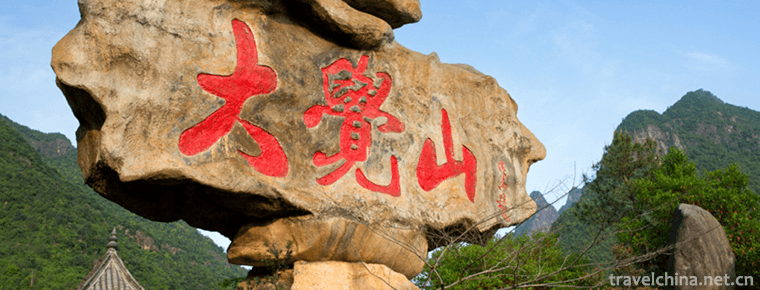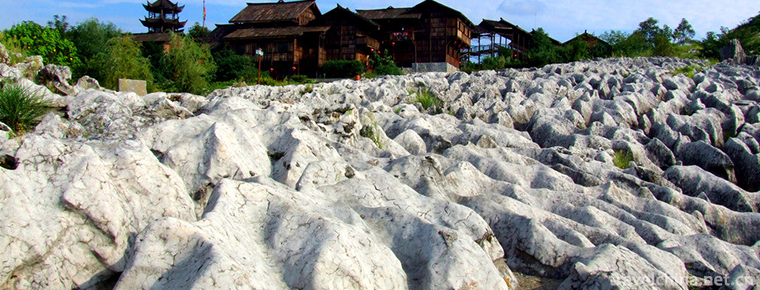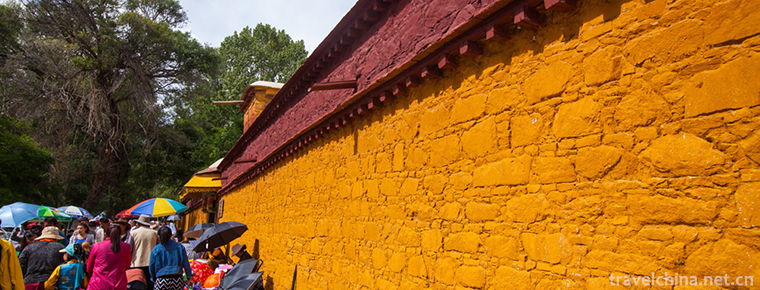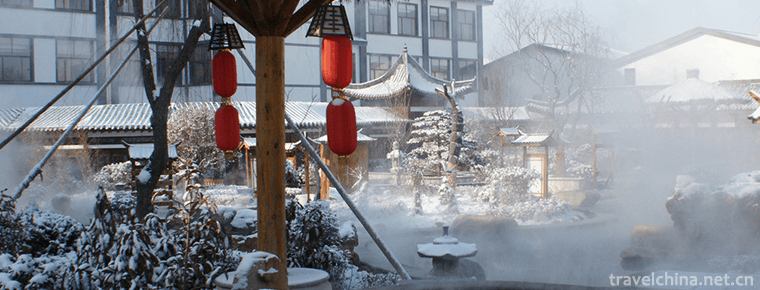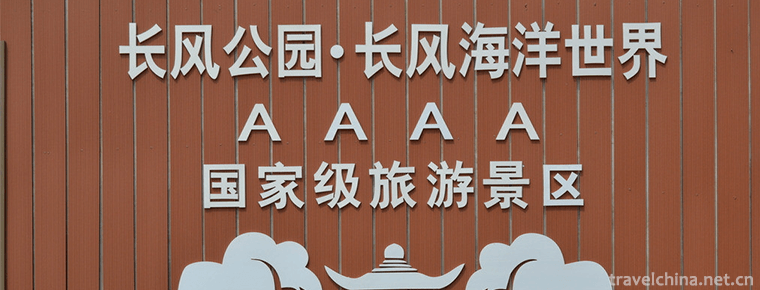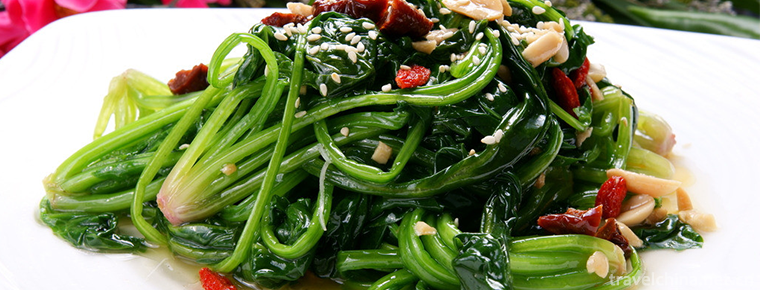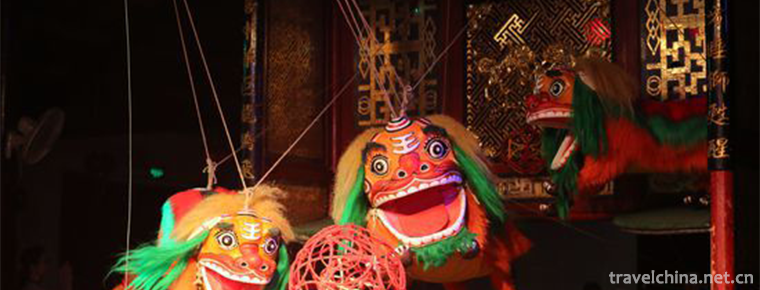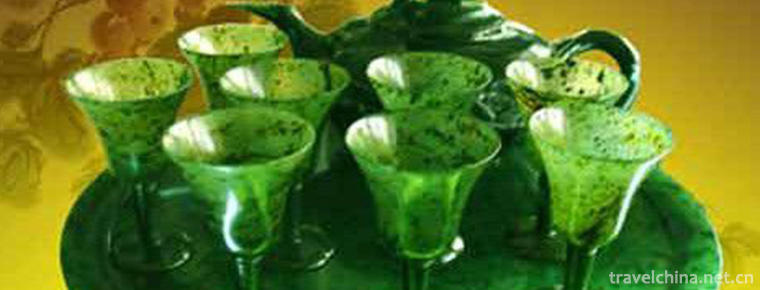Lishui drum words
Lishui drum words
Lishui Drum Ci is a popular rap art in Liandu and its surrounding areas in Lishui City, Zhejiang Province. Lishui Drum Ci originated from the Tang Dynasty. During the reign of Emperor Li Shimin, it was popular in the 1950s and 1970s. In order to enrich the cultural life of the masses and publicize the Party's policies and policies, it was usually sung in rural areas during the leisure season. Lishui Drum Ci is a slab cavity, often used in narrative or endorsement with a steady rhythm of four or two beats. The accompanying instruments are "tanggu" and "cut".
On November 11, 2014, Lishui Drum Ci was approved by the State Council and listed in the fourth batch of national intangible cultural heritage list.
Historical origin
Lishui Drum Ci was sung in Lishui dialect, which had no proven origin, but it was very popular in Jiadao period of Qing Dynasty at the latest. According to the 26-year edition of Lishui County Chronicle by Qing Daoguang, Tu Benren (who served in Lishui County from 1805 to 1826) was an orator of Lishui County. He tasted with such customs and events as Lei Xuehai's poetry singing and Shangyuan Lantern Club and Madame Shunyi (Mrs. Chen XIV) worshiping in the ancestral hall of Quanzhou. Among them, such words as "singing poetry and paying for Qu Meng, harmony between God and Spring", "smoke lanterns in the ancestral of Boli Temple, and Bazan singing Blind Zhigong". In the third year of Tongzhi's reign in Qing Dynasty, Yunhe County Chronicle, Custom Chapter, there is an article "Yingshen Trivial Records" written by Liu Xiangfeng, a famous scholar in the county. Among them, Yun: "There are people singing"Madame's Ci"in the western town of Liyi, who narrate different things and are well known by the common customs." It can be seen that the drumming and singing activities with "Madame Singing" as the main content were very common in Lishui city and countryside at that time. By the 22nd year of Guangxu, Lishui Drum Ci artists had their own guild organization, "Drum Ci Xing" (known as "Madam Xing"). When the folk sought happiness, welcomed auspicious, dispelled diseases and evils, singing "Madam Ci" had become a fashion. In the fifteenth year of the Republic of China, Lishui Drum Ci Industry will reorganize and revise its rules and regulations, stipulating that artists must meet at "Madame Temple" on the seventh day of July every year. At that time, Lishui Drum Ci was not only very active in the territory, but also spread to adjacent Yunhe County and Zhangcun area of Qingtian County.
In the early period of liberation, there were more than 70 drum CI artists in Lishui County. The Cultural Department organized many times to study and train them. They successively created many songs, such as "Three Ages Enemy", "Little Two Black Marriage", "White-haired Girl", "Eye Digger Xu Gujin", "Suppression of Counter-Revolution", "Moon Red", "Huang Jiguang" and "Selling the Surplus Grain", which were propaganda and singing in coordination with previous political movements. During the Cultural Revolution, traditional drums were banned, and artists changed careers or lost their jobs. Since the 1980s, a small number of artists have returned to their old careers to make a living singing "Madame's Ci". The more famous and still alive artists are Zhang Shuijin of Lishui. He has a rich repertoire and a sweet voice. He is good at singing "Chasing Han Xin", "Nine Dragon Whip", "Silver Cup Record" and so on. His narrative is clear and easy to understand. When speaking, he sings like a man and an elephant woman. Everywhere you go, you are welcome.
Classic tracks
There are many traditional repertoires of Lishui Drum Ci. In addition to Madame Chen XIV, Guan Shiyin, Luoyang Bridge and Jiulong Whip, which are commonly used by Lishui, Yunhe and Zhangcun, there are also long-standing repertoires with regional features in Lishui, Yunhe and Zhangcun. For example, Lishui has nearly 20 copies such as "Sun Pavilion", "Silver Cup Record", "Poetry Fan House". Yunhe has more than 10 copies such as "Shuanglong Club", "Double Lions Tu", "Woman's Queen". Zhangcun has more than 10 copies such as "Flying Dragon Sword", "Pearl Tower" and "Qingmei Ji". The longest "Mrs. Chen 14" can sing for seven days and seven nights. In addition, there are many short songs which do not have the plot, such as "Bet and sigh", "Mother-in-law's advice", "Brother's advice", "Prodigal son's return". In 1956, Yun and Xu Dengming's new drum Lyric "Blindness and Heart Red" won an award in Lishui and participated in the provincial art festival the following year.
representative figure
Zhang Yongjin artists have been to Suichang, Songyang, Jingning, Yunhe, Jinhua, Qingtian, Wenzhou, Longquan and other places to sing.
His performances include: Mong Lijun, Chop Han Xin, Pearl Tower, Tianbao Tu, Peony Pavilion, Bu Du Ji, Bet and Sigh.
Local repertoire: Bihu Scenery, Jiulong Whip, Bu Du Ji, Bag Ji, Huapai Ji, Yinyang Jiao, Blood Diary Ji, Bet and sigh, Qingmei Ji, Peony Pavilion, Flower Selling Ji, Dragon Boat Sigh and so on; Little story "Fourteen Ladies", "Tianbao En", "Pearl Tower", "Meng Lijun", "Chop Hanxin" and more than 100 others. One.
artistic characteristics
The basic melody of Lishui Drum Ci, commonly known as "Lishui Drum Ci Tune", consists of two sentences, the upper and lower, mainly in the palace mode, the upper sentence or "Shang", or "feather" or "corner", and the next sentence is "palace", which is quite stable. Most of the melodies are composed of seven words.
Lishui Drum Ci is a slab cavity, often used for narration or endorsement with a steady rhythm of 42 beats. When angry, there is a slap board and scolding board with a beat appearing, with more words and less words. Lishui drum lyrics are mostly singing in single-stage, and the singers are blind. The accompanying instruments are "tanggu" and "cut". "Cut" is made of five pieces of pear wood or bamboo connected by ropes. When singing, take the sitting position, hold the "cut" batter in the left hand (strong beat), and beat the drum with a stick in the right hand. Before singing the original drum lyrics, it is often after the drum is quiet to sing a "soup head" (mostly a short passage of blessings, auspiciousness, warning, etc.) to attract the audience.
From the singing style, there are:
1. Sanjiang Rhyme: From the weir head - Shiniu is called Sanjiang Rhyme, that is, where the Bihu dialect is called Sanjiang Rhyme.
2. Qiyang Rhyme: After dressing up, sing.
3. Tian Jiangyun: Singing in Lishui dialect.
4. A clear word: no tone, clear pronunciation, singing in Lishui City. In addition, the singing style also has sad tune, happy tune and so on.
General accompaniment music: big drum, two drum boards, small gong, big gong, chaibu, etc. Places for performances: ancestral halls, alleys, pavilions, stage, farmer's home halls and so on.
Living condition
With the diversification of people's cultural activities, the situation of drum singing and lyrics is declining day by day, the number of practitioners is decreasing, while the old artists are gradually passing away, and they are facing the loss of biography. Only a few people like drum lyrics, occasionally performing in some festivals or in remote mountainous countryside. Artists can hardly survive by singing drum lyrics alone. Many have changed their professions. Some artists mainly sing "Madame 14" and "Singing Guanyin". At present, they are in an endangered situation in which artists and listeners are followed by few people.
Inheritance significance
Lishui Drum Ci, with its unique regional cultural flavor, flexible and convenient performance, regardless of place, has become a pearl in Lishui local folk art. Tracing back to the contents of drum ci, we are glad to find that in a long historical period, it not only carries the aesthetic wisdom of the people of Chuzhou, but also serves the people's spiritual ideas. In the past, the performance of drum lyrics was mostly related to local folk activities, daily entertainment, red and white happy events and praying for God. Drum lyricists were invited to perform. The activities of rap and singing performance "Madam Ci" which have been circulated to this day have a very strong sense of entertainment and prayer, reflecting people's unique ideology and ideological pursuit and unique value.
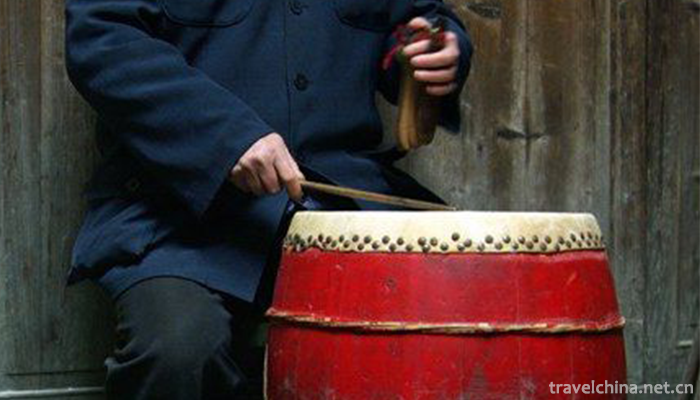
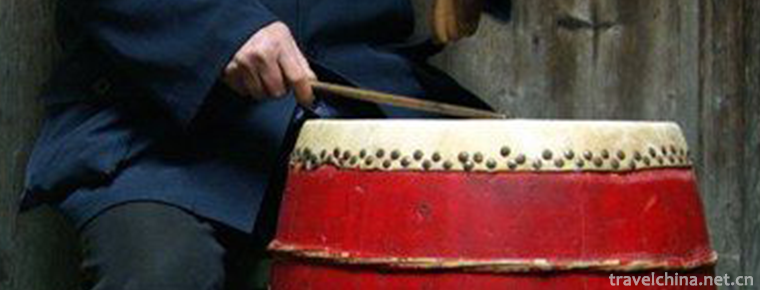
Lishui drum words
-
Dajueshan Scenic AreaZixi County Fuzhou City
Dajueshan is located in Zixi County, Fuzhou City, Jiangxi Province. Dajueshan is rich in wildlife resources and widely distributed. It is praised by experts as "Natural Oxygen Bar, a rare gene ba
Views: 268 Time 2018-12-08 -
Xingwen sea
Xingwenshihai is located in Xingwen County, Yibin City, Sichuan Province. It is located in the transition zone between Sichuan Basin and Yunnan-Guizhou Plateau. Its total area is about 156 square kilo
Views: 249 Time 2018-12-24 -
Luo Bu Lin Ka Roblinka
Roblinka is a national key cultural relic protection unit, located in the western suburbs of Lhasa, Tibet. Founded in the 1840s (Dalai VII), the Dalai Lama's summer administration place is a typical T
Views: 202 Time 2019-02-06 -
Shandong Zhisheng Tangquan Tourist Resort
Shandong Zhisheng Tangquan Tourist Resort is located in Linyi City, Shandong Province. It is invested and constructed by Shandong Chenshi Home Estate Co., Ltd.
Views: 428 Time 2019-02-08 -
Shanghai Changfeng Ocean World
Shanghai Changfeng Ocean World belongs to the world's largest aquarium chain brand of Merlin Entertainment Group, which is the first and second largest in Europe
Views: 237 Time 2019-03-17 -
Spinach with Eight Delicacies
Babao spinach is a traditional Shandong dish, which belongs to Shandong cuisine. It is rich in color, bright, delicious, light and refreshing. In addition to spinach, Babao spinach is also equipped wi
Views: 204 Time 2019-03-25 -
Traditional cooking techniques of Liao cuisine
In April 2016, "Liao cuisine traditional cooking skills" was approved by the State Council as a national intangible cultural heritage, Liao cuisine became the first major cuisine department
Views: 204 Time 2019-05-13 -
Ningde Huo Boy Line Lion
Ningde Huo children's lion is a traditional folk culture, which controls the lion's movement and expression through silk thread. Line lion is mainly pulled by head rope, tail rope and parotid rope, so
Views: 86 Time 2019-06-08 -
Nightlight Cup Carving
The manufacture of luminous cup needs 28 complicated processes. First of all, we need to select the material, then make the blank according to a certain size to form the preliminary noctilucent cup. F
Views: 135 Time 2019-07-11 -
Yi Folk Songs
Yi folk song is an important carrier of Yi culture and one of the most important forms of inheriting Yi culture. It records the history, science, production and life, traditional customs, philosophy,
Views: 228 Time 2019-07-12 -
The changing style of Cheongsam
After a hundred years of evolution, with the change of people's life style and aesthetic taste, cheongsam has developed a variety of styles, which makes people dazzled. In the golden age of the development of Cheongsam in the 1930s and 1940s, the styles of cheongsam changed
Views: 331 Time 2020-12-11 -
Plant resources in Nanchong
There is only one kind of Metasequoia glyptostroboides introduced and cultivated in Nanchong City; there are two kinds of wild protected plants, namely, fragrant fruit tree and narrow leaf pygmy grass, and two kinds of cultivated Ginkgo biloba and Eucommia
Views: 365 Time 2020-12-17
